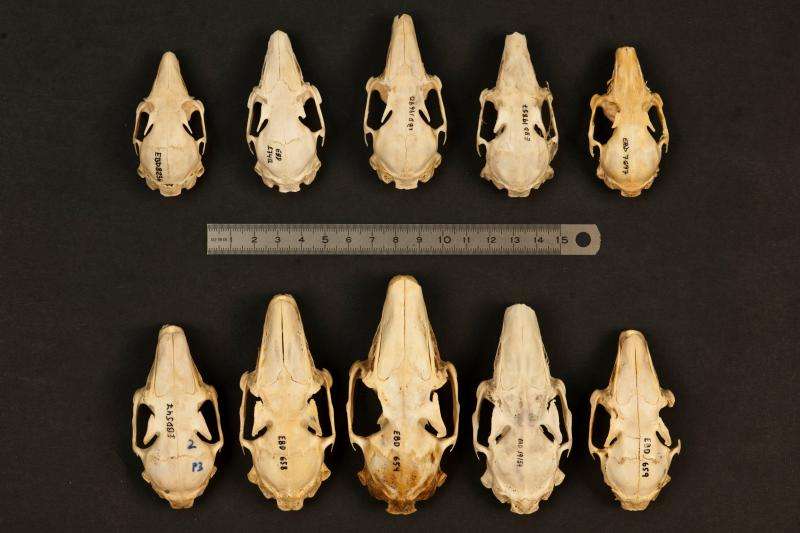Variability helps mammals to become invasive

From the time humans began discovering and conquering new continents, they also started transporting animals and plants around the world and releasing them in locations where they never occurred before. Most of these alien species died out quickly, but many established populations and some even multiplied and became invasive, causing tremendous economic and environmental harm. In a recently published article in the journal The American Naturalist, scientists from Spain, Switzerland and Germany argue that successful invaders are particularly variable and can therefore adapt to many different environmental conditions.
In Australia, for example, rabbits have devastated large areas of fertile land resulting in millions of dollars of damage to crops each year and the extinction of many native species. In Europe, there are about 13,000 known alien species, which cost more than €12 billion (US $14 billion) in damages each year.
To prevent further problems, scientists have searched for general traits that could characterize successful invaders. Unfortunately, this search has had limited success. In a new study published in the journal The American Naturalist, Manuela González-Suárez (Estación Biológica de Doñana CSIC, Spain), Sven Bacher (University of Fribourg, Switzerland) and Jonathan Jeschke (Technische Universität München, Leibniz-Institute of Freshwater Ecology and Inland Fisheries and Freie Universität Berlin, Germany) suggest that previous research largely failed to identify predictive factors for invasion success because it generally focused on average species traits. The authors argue that species exposed to a novel environment will have higher chances of surviving if they are variable and can therefore adapt to many different environmental conditions.
The study analyzes a global dataset of introductions of mammals to locations outside their native ranges and shows that species with large variation in body size establish more often. These findings can help predict and prevent new invasions, for example by focusing control measures on the most variable species. In addition, the study can also help improve the control of biological pest organisms or the reintroduction of species of conservation concern.
More information: "Intraspecific trait variation is correlated with establishment success of alien mammals." The American Naturalist, DOI: 10.1086/681105
Journal information: American Naturalist
Provided by Forschungsverbund Berlin e.V. (FVB)

















